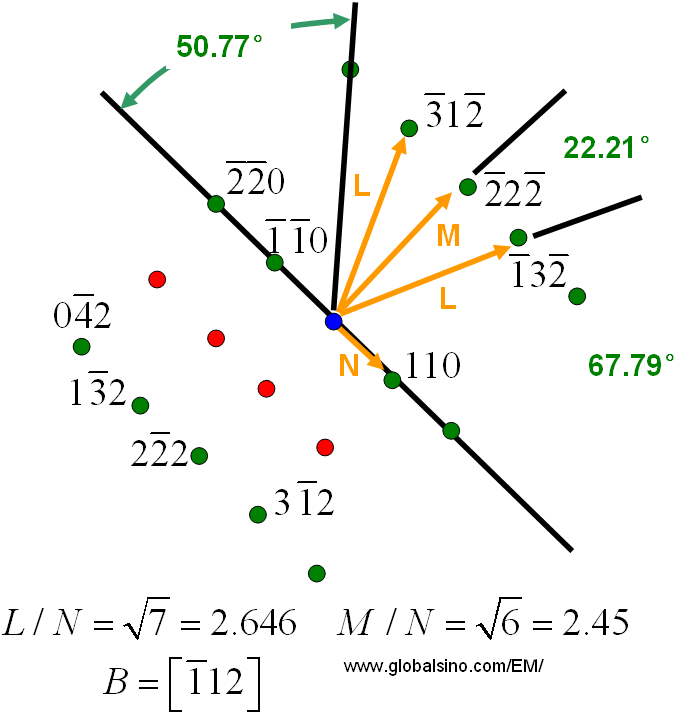

Holographic master gratings generally exhibit better stray light properties than ruled master gratings. The addition of a reflective overcoat completes the process. After development, the sinusoidal variation in light intensity during exposure is transformed into a physical structure of the same profile. The resulting interference pattern differentially exposes the photoresist. Holographic master gratings are produced by exposing a thin layer of photoresist to 2 intersecting coherent, monochromatic beams. The resulting profile will show some peak round-off, and not achieve theoretical depth. Actual groove depth is typically 90% of theoretical. As a result, there is some displacement and deformation of the material on the short facet into the previously ruled groove every time a new groove is formed. Rather, the coating is burnished by the tool. When a master ruled grating is generated, the diamond tool does not actually remove material and cut a theoretically shaped groove. The calculated theoretical groove depth is given as: Theoretical Profile of a Ruled Blazed Grating Because of the mechanical nature of the mastering process however, there can be random and periodic spacing errors that could detract from the purity of the diffracted spectra. Ruled blazed gratings are very efficient, and are generally the best choice for applications requiring high signal strength. The resulting groove profile has a well defined and controllable groove profile that directs energy efficiently into the desired wavelength range. The master gratings are produced by forming the surface of a soft metallic coating with a diamond form tool. Types of Diffraction Gratings Ruled, Blazed Diffraction Gratings

Every wavelength undergoes a different phase shift, and as a result, diffracts at a different angle, resulting in a dispersion of broadband light. This redirection (or diffraction) is a result of the phase change of the electromagnetic wave as it encounters the regular, fixed structure of the grating surface. A diffraction grating is a passive optical component that redirects light incident upon the surface at an angle that is unique for every wavelength in a given order.


 0 kommentar(er)
0 kommentar(er)
